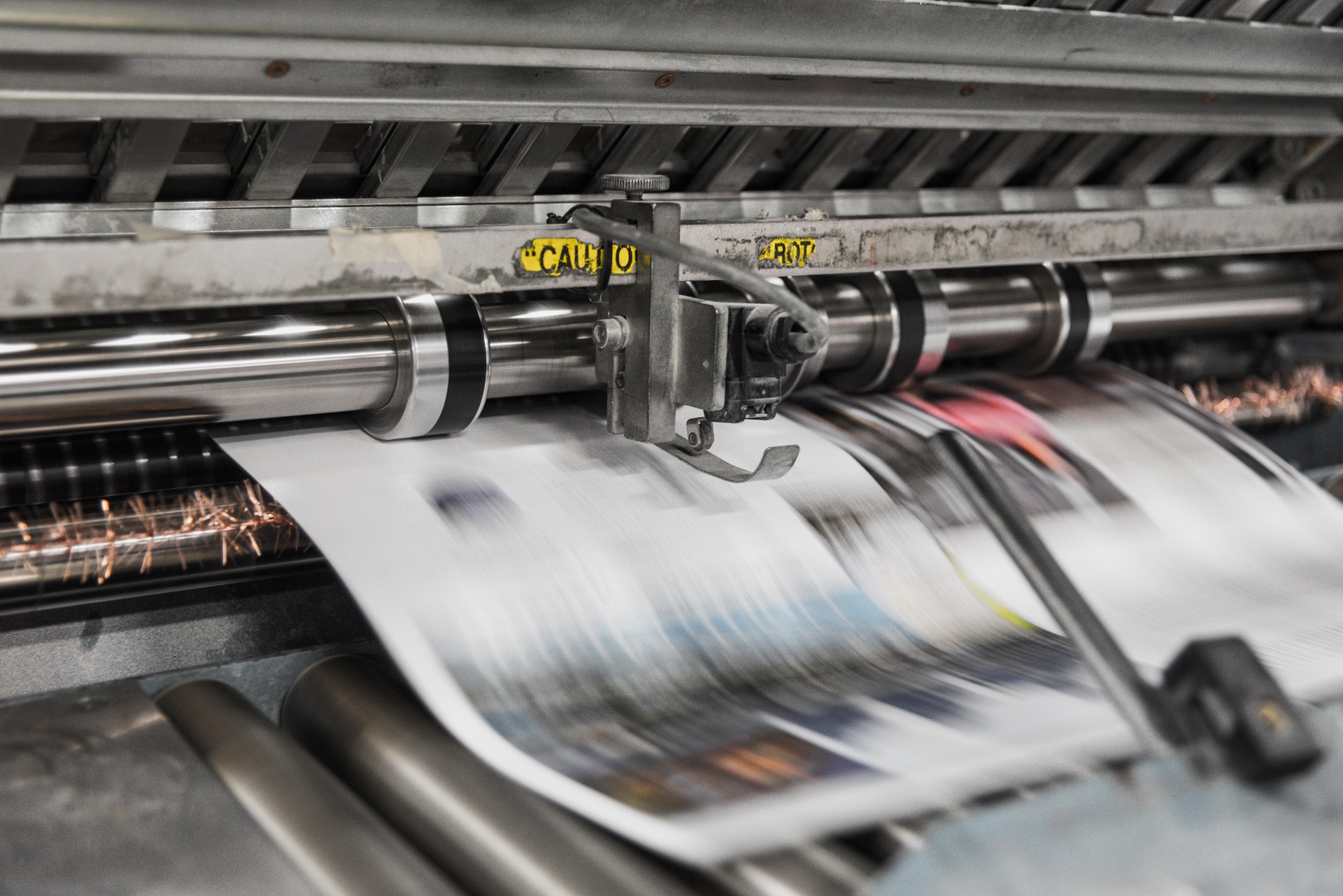 When it comes to highly productive felling machines, feller bunchers are at the top of the list because they work well in thinnings and clearcuts. Plus, compared to manual felling, feller bunchers offer better control when felling trees, which can minimize residual stand damage.
When it comes to highly productive felling machines, feller bunchers are at the top of the list because they work well in thinnings and clearcuts. Plus, compared to manual felling, feller bunchers offer better control when felling trees, which can minimize residual stand damage.
What dictates the size of feller buncher that would serve your company’s demands (and how much financing for feller bunchers you will need)?
- The type of forestry work your company is doing
- Your productivity goals
- Where you are going to use it
- The impact on surrounding area
As one of the most practical logging machines, a feller buncher has the ability to cut multiple trees at the same time or in a row, gathering them up like a bouquet of flowers. A feller buncher can do this before the group of trees ever hit the ground—literally gathering up a “bunch.” This obviously saves your company a lot of time and energy (and therefore, money) because it makes the process go faster than gathering one tree at a time.
A feller buncher also is efficient for clearing wide areas of growth because it grabs the trees, saws them from their base, and stacks them in a manner so they can be more easily loaded onto a forwarder.
Because a feller buncher is practical and efficient, logging companies that have one or a fleet of them can gain a competitive advantage in the marketplace. However, feller bunchers are a hefty investment. According to numbers released by the U.S. Forest Service, hourly productivity ranged from 428.9 to 2267.7 ft3 per productive machine hour (PMH) for the feller buncher and 178 to 2186 ft3/PMH for the top/delimber. Hourly costs were estimated to be $99.68/PMH for the feller buncher and $28.23/PMH for the top/delimber.
Purchasing a feller buncher outright ties up a significant amount of your company’s cash. But not to worry. Lease financing for feller bunchers is a very popular option for logging and forestry business owners. And, you don’t even have to have excellent or even very good credit.
READ: You Need to Package Your “Story”
By financing instead of buying this critical piece of logging equipment, you can take advantage of its abilities without committing to the expensive outlay that purchasing requires. Working with a company, such as Global Financing & Leasing Services (GFLS), is a means to add a feller buncher to your equipment fleet and begin benefitting immediately from improved processes and productivity.
In addition, your cash can be reserved or budgeted for other important business objectives like hiring skilled labor, training, marketing and such.
Maybe you want to replace your outdated or broken feller buncher, move into a new area, or get a logging or forestry business off the ground. Whatever your business goals, lease financing for your feller buncher couldn’t be easier with GFLS.
We are experts in lease financing for feller bunchers and other logging and forestry equipment for small- to medium-sized businesses. If you are looking for a new feller buncher and you need to secure financing, you will appreciate our expertise with both tracked and wheeled machines.
In most cases, we don’t require a down payment, and we have a long history of helping business owners who have less-than-perfect credit. If you’ve had trouble getting financing from a bank or other lender, we may be able to help you.
As you build or expand your logging business, we have you covered when it comes to lease financing for feller bunchers and any other logging machinery. Please contact us today to learn about your lease financing options.



 Nearly every type of business requires printing of some kind at some point, and there is no lack of options both brick and mortar and online print shops. Printing is a dog-eat-dog industry with customers won and lost on pricing and capability. Perhaps nothing is more important to a printing company’s survival is having the latest, most cutting-edge printing technology in order to stay competitive with other print shops.
Nearly every type of business requires printing of some kind at some point, and there is no lack of options both brick and mortar and online print shops. Printing is a dog-eat-dog industry with customers won and lost on pricing and capability. Perhaps nothing is more important to a printing company’s survival is having the latest, most cutting-edge printing technology in order to stay competitive with other print shops.
 From the biggest corporations to the smallest startups, it seems like every business is harnessing the power of 3D printing to expand their offerings, not to mention their market share and sales.
From the biggest corporations to the smallest startups, it seems like every business is harnessing the power of 3D printing to expand their offerings, not to mention their market share and sales.
 If you’re opening your own restaurant, you know very well that there are many factors and expenses that go into doing it right—just like any business. And, one of the heaviest financial burdens for those opening a new restaurant is the equipment that your establishment requires.
If you’re opening your own restaurant, you know very well that there are many factors and expenses that go into doing it right—just like any business. And, one of the heaviest financial burdens for those opening a new restaurant is the equipment that your establishment requires.
 At the heart of every great bakery is an even greater oven. This piece of equipment is perhaps the most crucial investment you will make as a bakery owner. After all, every detail of the hard work and preparation you put into your baked goods is going to culminate in the baking process.
At the heart of every great bakery is an even greater oven. This piece of equipment is perhaps the most crucial investment you will make as a bakery owner. After all, every detail of the hard work and preparation you put into your baked goods is going to culminate in the baking process.
 With construction leading the way in our current economy, it’s no surprise that small and mid-sized companies are taking advantage of the boom and investing in heavy equipment like excavators. These machines help them take on projects previously out of their reach. Also, financing new or gently used excavators beefs up a company’s fleet. However, excavators are a serious investment and purchasing outright is a large capital outlay. This makes buying outright out of reach for many business owners who don’t have that kind of capital or prefer to keep it on hand for other purposes.
With construction leading the way in our current economy, it’s no surprise that small and mid-sized companies are taking advantage of the boom and investing in heavy equipment like excavators. These machines help them take on projects previously out of their reach. Also, financing new or gently used excavators beefs up a company’s fleet. However, excavators are a serious investment and purchasing outright is a large capital outlay. This makes buying outright out of reach for many business owners who don’t have that kind of capital or prefer to keep it on hand for other purposes.



 Let’s save you some time. If your credit score is 750 or above, feel free to
Let’s save you some time. If your credit score is 750 or above, feel free to 
 Farm, medical, construction, restaurant, printing, manufacturing, and logging equipment is a heavy financial investment for business owners. More times than not, the only way for business owners to acquire the costly equipment necessary to sustain or grow their business is through financing.
Farm, medical, construction, restaurant, printing, manufacturing, and logging equipment is a heavy financial investment for business owners. More times than not, the only way for business owners to acquire the costly equipment necessary to sustain or grow their business is through financing.
